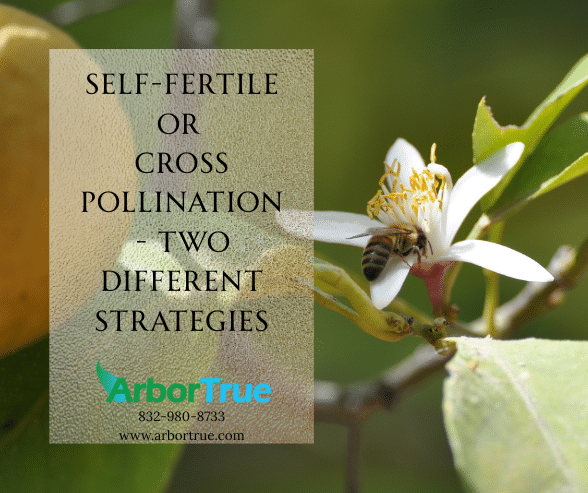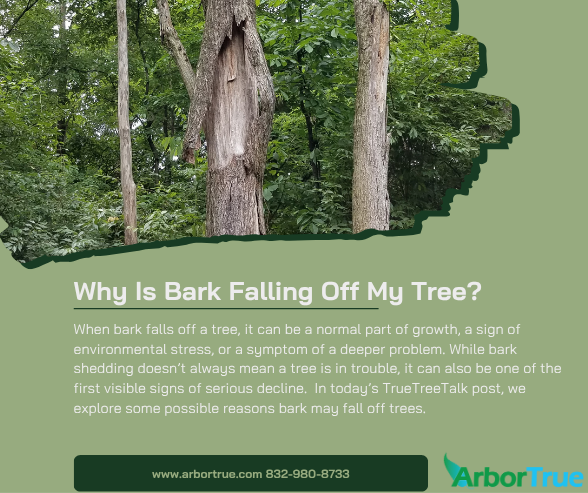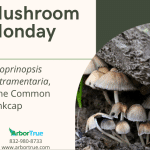
Mushroom Monday: Coprinopsis atramentaria, the Common Inkcap
June 16, 2025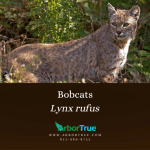
Bobcats (Lynx rufus)
June 20, 2025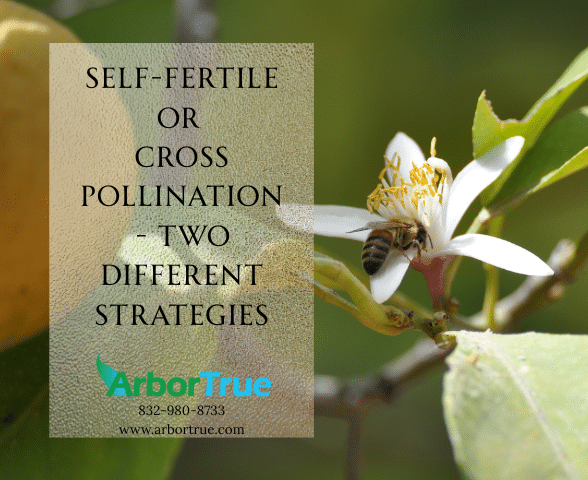
Self-Fertile or Cross Pollination – Two Different Strategies
If you learn about growing fruit trees, one thing you will come across is whether a tree is self-fertile or requires a pollinator. In today’s TrueTreeTalk post we look at these two different strategies and the reasons a tree may have developed one or the other.
Self-Fertile
When a tree is self-fertile it means that its flowers can be pollinated with the pollen from the same tree or a tree of the same variety. For example, a Kieffer pear is self-fertile.
Being able to produce fruit with pollen from the same variety of tree has the advantage of increasing the likelihood of fruit production. If a tree can be pollinated with its own pollen or the pollen of the same kind of tree that is nearby, the chances of producing fruit increase compared to needing the pollen of a different variety of tree. Since fruit contains seeds, and seeds are the start of the next generation of a tree, this can help improve the chances that a tree will pass on its genes.
One downside of this strategy is the decrease in genetic diversity. Since the offspring can be produced with genetic material from just one tree, or one of the same variety, the offspring will be more similar to the parent tree or trees than if there had been different varieties. This can pose a problem if there is a genetic trait that has negative consequences, or if there is a pest or disease that can exploit traits of the tree. Since the trees are similar, the pest or disease, once it finds a way to use the tree and get past its defenses, can do so more effectively.
One note is that although a self-fertile tree can produce fruit using its own pollen or pollen from a tree of the same variety, there can also be self-fertile trees that can produce fruit with pollen from a tree of a different variety. In these cases, the tree will often produce better and more fruit if pollinated from a tree of a different variety rather than pollinating itself or being pollinated with the pollen from the same variety.
Cross-pollination
When a tree requires cross-pollination, it means that the pollen from that tree or one of the same variety will not be able to pollinate its flowers and produce fruit. The pollen can arrive at the flowers, but it will not be able to complete the pollination process. For pollination to occur, the pollen has to come from a tree of a different variety.
An advantage of this is increased genetic diversity. Since the pollen has to come from a different variety of tree, there will be an increase in the diversity of the offspring. This can lead to possible traits that improve survivability, and it can make the trees less easily exploited by pests or disease.
A disadvantage of needing a cross pollinator is that it decreases the likelihood that fruit will be produced. There has to be a tree of the right variety nearby. It has to bloom at the same time and have a means of transferring pollen that is compatible with the other tree. This means there will be less fruit produced (and less seeds, and therefore less offspring) than if a tree could pollinate itself or be pollinated with a tree of the same variety, all else being equal.
Conclusion
Both of these strategies have advantages and disadvantages. What is important for you, if you are growing fruit trees, is to know if you need a cross-pollinator or not, and what variety you need if you do need one. If you have a self-fertile tree, you can have fruit with just one tree, though you can produce more and better fruit if you have another tree of a compatible variety nearby. If not, you’ll need at least two trees.
If you found this information about fruit tree fertility helpful, check out our other posts on our TrueTreeTalk blog. Follow us on Facebook to keep up with these and other posts. Check out our list of blog posts grouped by topic for more to read. Also, follow us on LinkedIn for industry-related posts.
* * *
ArborTrue is a science-based tree service company in the greater Houston area. We also serve Austin and other parts of Central Texas. We provide a range of services including tree trimming, tree pruning, tree removal, tree planting, arborist consultations, and more. Call us today at 832-980-8733 (Houston) or at 512-546-3833 (Austin) or reach out to us online to schedule an appointment.
ArborTrue has a dedicated landscaping division, now serving select areas in the greater Houston region—with more locations coming soon. We specialize in organic practices, soil biology, and ecological health to help your entire landscape truly thrive. To learn more or schedule a consultation, contact us at landscape@arbortrue.com.

